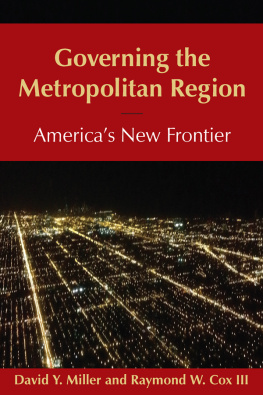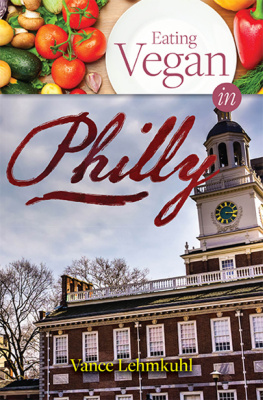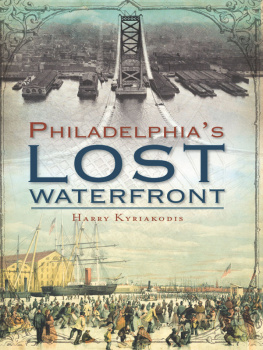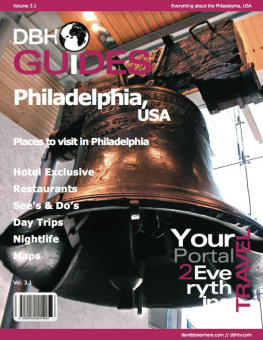Steven Conn - Metropolitan Philadelphia: Living with the Presence of the Past
Here you can read online Steven Conn - Metropolitan Philadelphia: Living with the Presence of the Past full text of the book (entire story) in english for free. Download pdf and epub, get meaning, cover and reviews about this ebook. City: Philadelphia, year: 2013, publisher: University of Pennsylvania Press, genre: History. Description of the work, (preface) as well as reviews are available. Best literature library LitArk.com created for fans of good reading and offers a wide selection of genres:
Romance novel
Science fiction
Adventure
Detective
Science
History
Home and family
Prose
Art
Politics
Computer
Non-fiction
Religion
Business
Children
Humor
Choose a favorite category and find really read worthwhile books. Enjoy immersion in the world of imagination, feel the emotions of the characters or learn something new for yourself, make an fascinating discovery.

- Book:Metropolitan Philadelphia: Living with the Presence of the Past
- Author:
- Publisher:University of Pennsylvania Press
- Genre:
- Year:2013
- City:Philadelphia
- Rating:3 / 5
- Favourites:Add to favourites
- Your mark:
Metropolitan Philadelphia: Living with the Presence of the Past: summary, description and annotation
We offer to read an annotation, description, summary or preface (depends on what the author of the book "Metropolitan Philadelphia: Living with the Presence of the Past" wrote himself). If you haven't found the necessary information about the book — write in the comments, we will try to find it.
As Americas fifth largest city and fourth largest metropolitan region, Philadelphia is tied to its surrounding counties and suburban neighborhoods. It is this vital relationship, suggests Steven Conn, that will make or break greater Philadelphia.
The Philadelphia region has witnessed virtually every major political, economic, and social transformation of American life. Having once been an industrial giant, the region is now struggling to fashion a new identity in a postindustrial world. On the one hand, Center City has been transformed into a vibrant hub with its array of restaurants, shops, cultural venues, and restored public spaces. On the other, unchecked suburban sprawl has generated concerns over rising energy costs and loss of agriculture and open spaces. In the final analysis, the region will need a dynamic central city for its future, while the city will also need a healthy sustainable region for its long-term viability.
Central to the identity of a twenty-first century Metropolitan Philadelphia, Conn argues, is the deep and complicated interplay of past and present. Looking at the region through the wide lens of its culture and history, Metropolitan Philadelphia moves seamlessly between past and present. Displaying a specialists knowledge of the area as well as a deep personal connection to his subject, Conn examines the shifting meaning of the regions history, the utopian impulse behind its founding, the role of the region in creating the American middle class, the regional watershed, and the way art and cultural institutions have given shape to a resident identity.
Impressionistic and beautifully written, Metropolitan Philadelphia will be of great interest to urbanists and at the same time accessible to the wider public intrigued in the rich history and cultural dynamics of this fascinating region. What emerges from the book is a wide-ranging understanding of what it means to say, Im from Philadelphia.
Steven Conn: author's other books
Who wrote Metropolitan Philadelphia: Living with the Presence of the Past? Find out the surname, the name of the author of the book and a list of all author's works by series.











